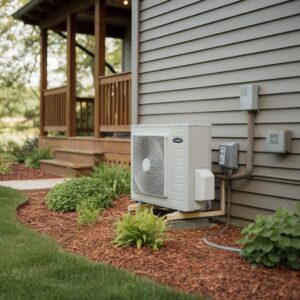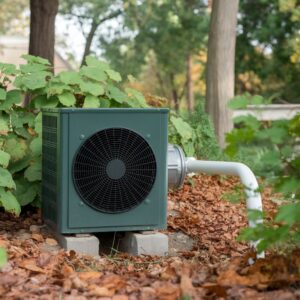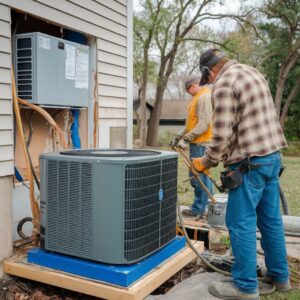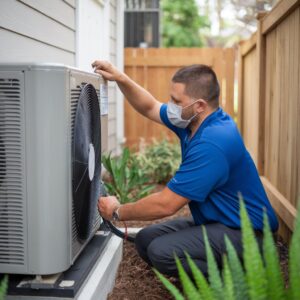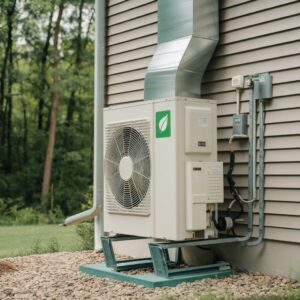Air source heat pumps are quickly gaining popularity across the US as homeowners seek energy-efficient heating and cooling options. Instead of producing heat directly, these systems pull ambient warmth from the outside air and transfer it indoors, significantly reducing energy consumption. Many homeowners find them appealing for their dual functionality, handling both winter heating and summer cooling.
In this guide, we’ll explain what an air source heat pump is and how it works, and why it might be the right investment for your home. You’ll learn about the advantages of expert installation, routine maintenance, and how well these systems align with modern safety standards. DNA Plumbing and Heating is here to help you navigate each step toward a more efficient, comfortable home.
How Do Air Source Heat Pumps Work?
Air source heat pumps rely on a simple yet effective process: they capture ambient heat from outside air and move it indoors through a refrigerant cycle. A fan draws in air that passes over an evaporator coil, where the refrigerant collects heat. Next, a compressor intensifies that energy before distributing it as warm air into your living spaces. When temperatures climb, the flow reverses, removing heat from inside and releasing it outdoors.
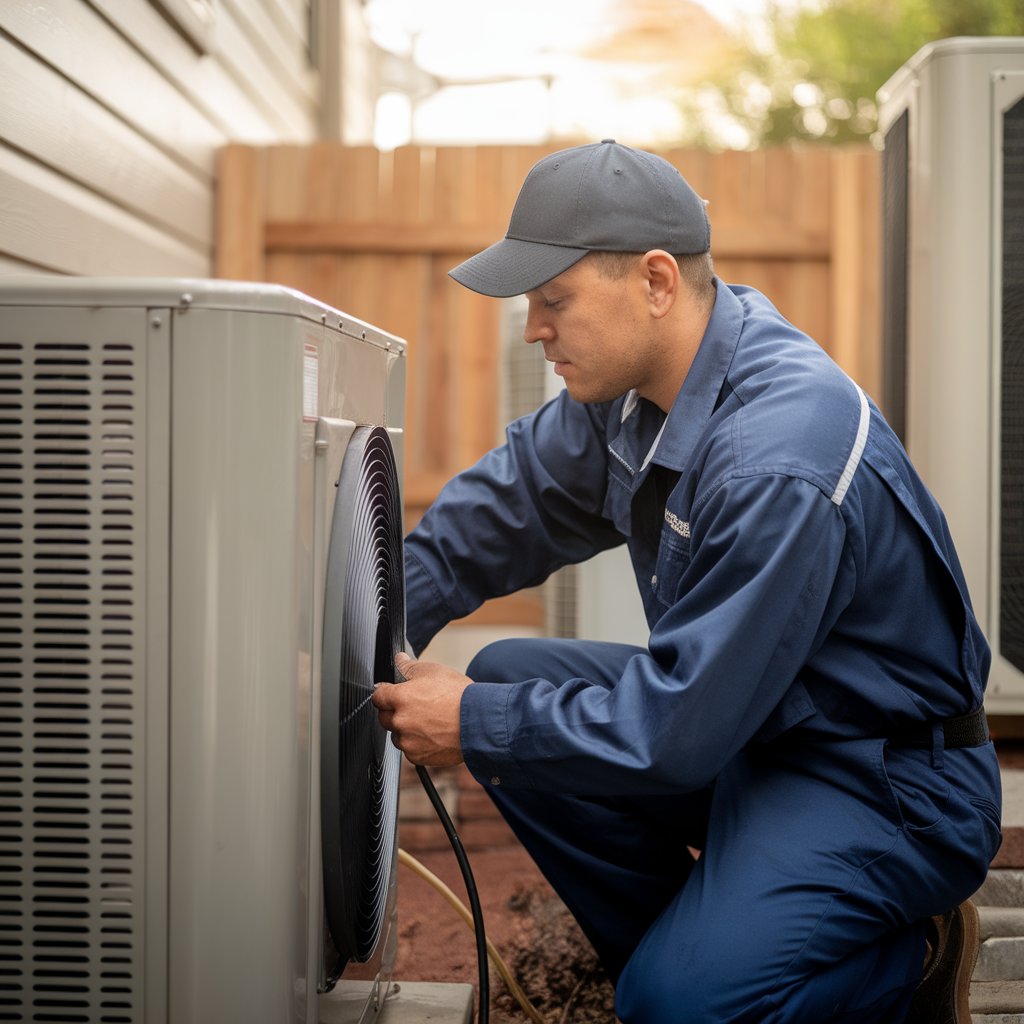
Advantages for US Homeowners
One major advantage of choosing an air source heat pump is cost-effectiveness, since it transfers rather than generates heat. This approach significantly cuts energy bills and carbon footprints. For US homeowners, enjoying both heating and cooling capabilities from a single system streamlines comfort year-round. Modern units also tend to be quieter than traditional heaters or air conditioners. With professional installation from DNA Plumbing and Heating, you can maximize performance and reliability.
How Efficient Are Air Source Heat Pumps?
Air source heat pumps typically operate with impressive efficiency, measured in SEER (Seasonal Energy Efficiency Ratio) for cooling and HSPF (Heating Seasonal Performance Factor) for heating. These metrics quantify how effectively the unit uses electricity to transfer heat instead of generating it. Proper sizing, sealed ducts, and routine care all help optimize performance. DNA Plumbing and Heating diligently verifies each installation aligns with local plumbing codes, delivering consistent warmth and savings for US homeowners.
Air Source Heat Pump Installation: What You Need to Know
The installation of an air source heat pump involves a few key stages, beginning with selecting the right size to accommodate your home’s specific heating and cooling load. A professional technician inspects ductwork, confirms structural compatibility, and secures permits in compliance with local regulations. Once the outdoor and indoor components are set, the refrigerant lines and electrical connections are carefully installed to ensure safe and efficient operation. DNA Plumbing and Heating then tests the system thoroughly to ensure optimal performance.
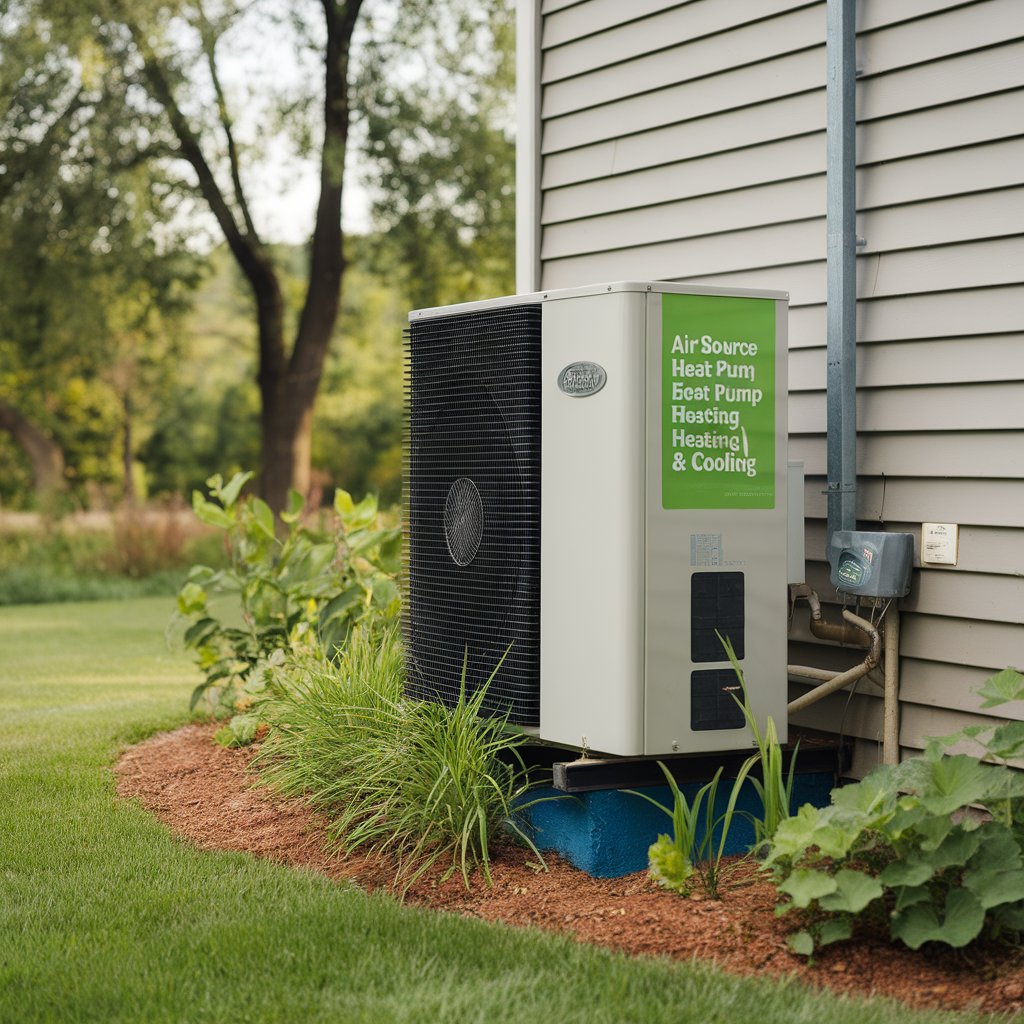
Conclusion
Air source heat pumps offer a versatile, energy-efficient way to heat and cool your home while lowering your energy costs and supporting environmental awareness. With proper installation and regular heat pump maintenance, you’ll enjoy reliable performance year-round, safeguarded by the expertise of DNA Plumbing and Heating. If you’re ready to explore air source heat pumps or have an existing system that needs attention, contact us today to secure lasting efficiency and peace of mind.

